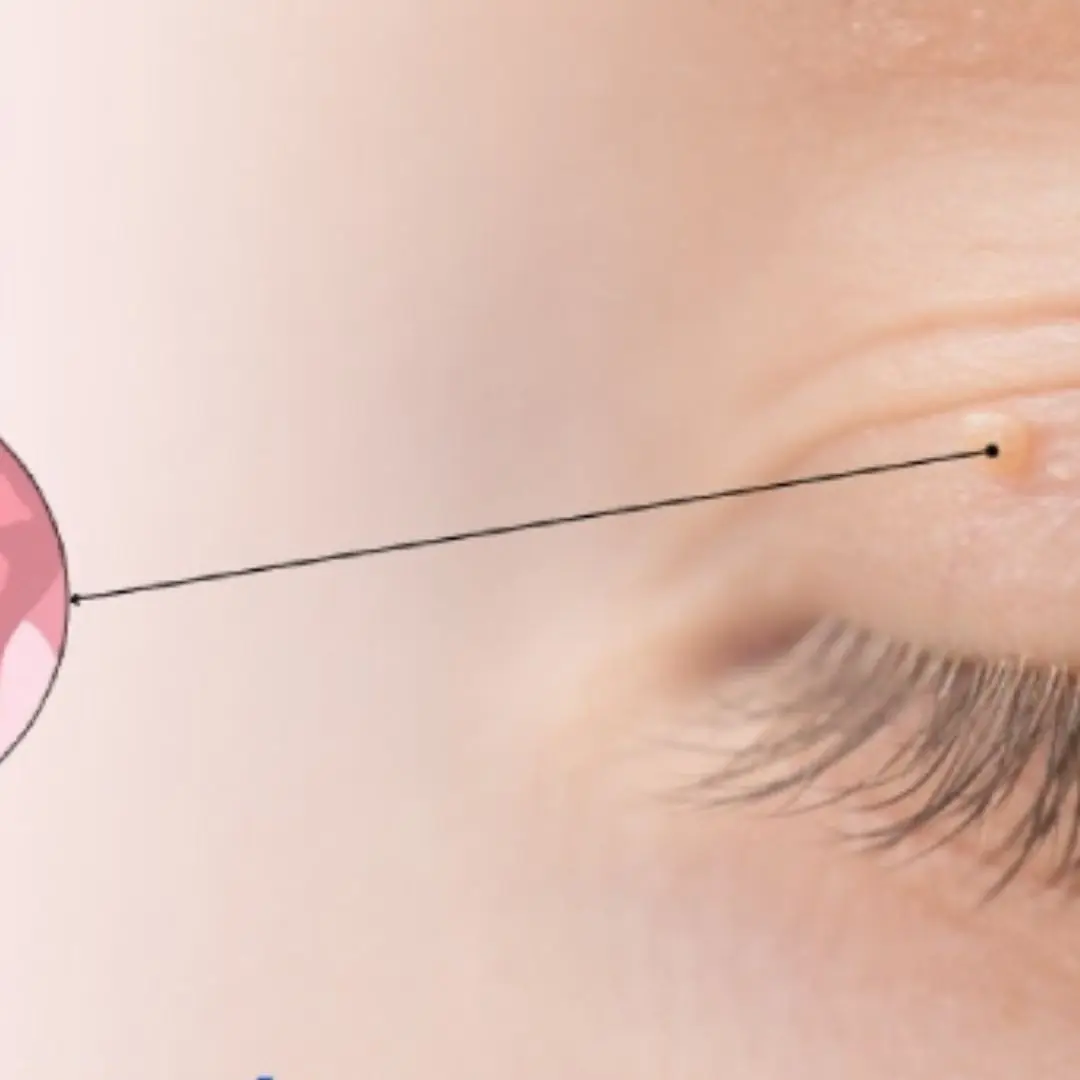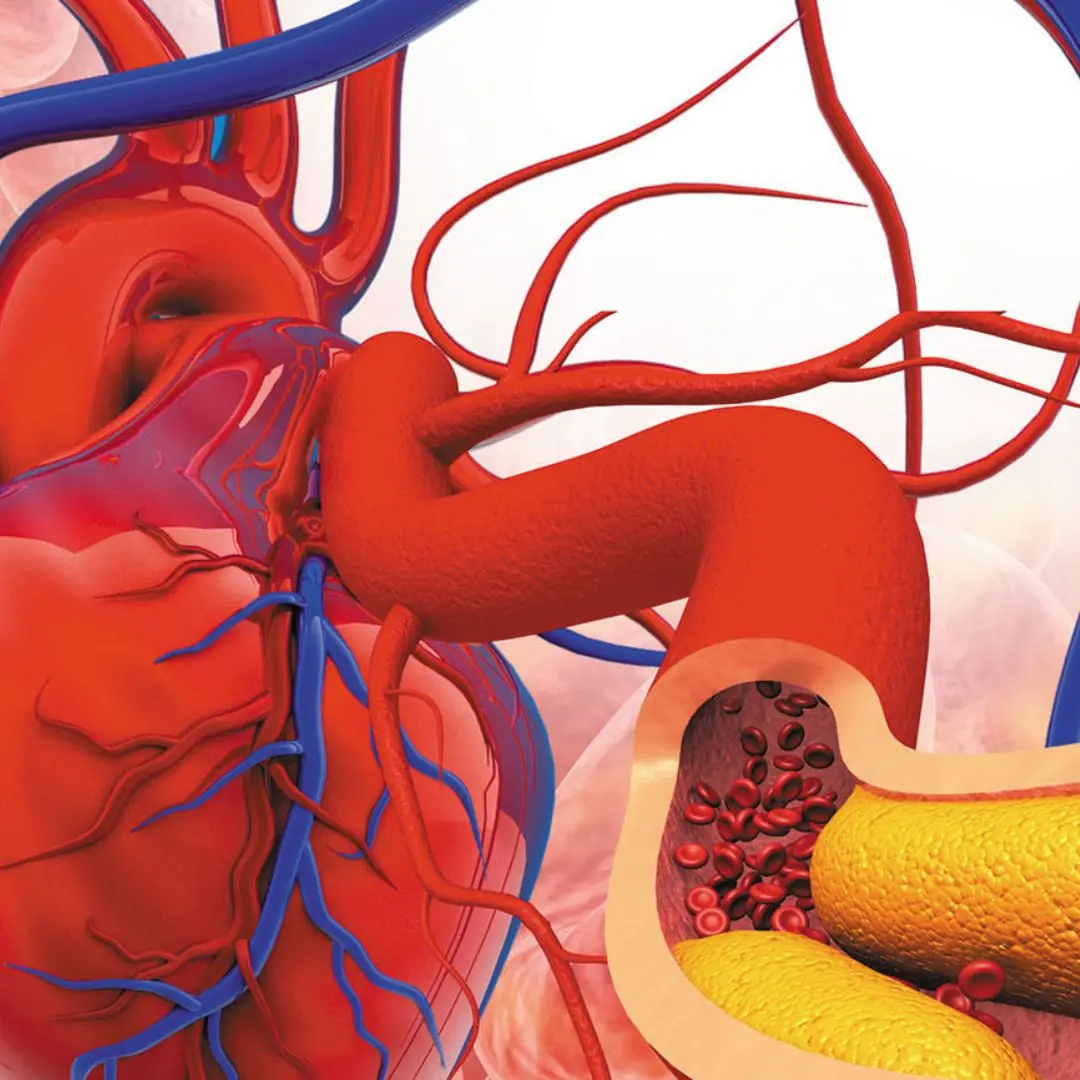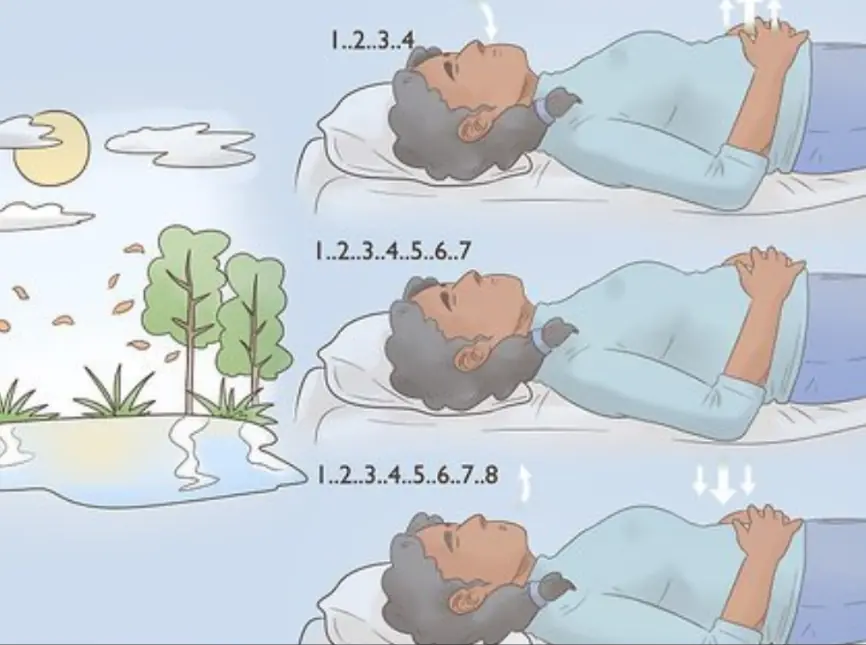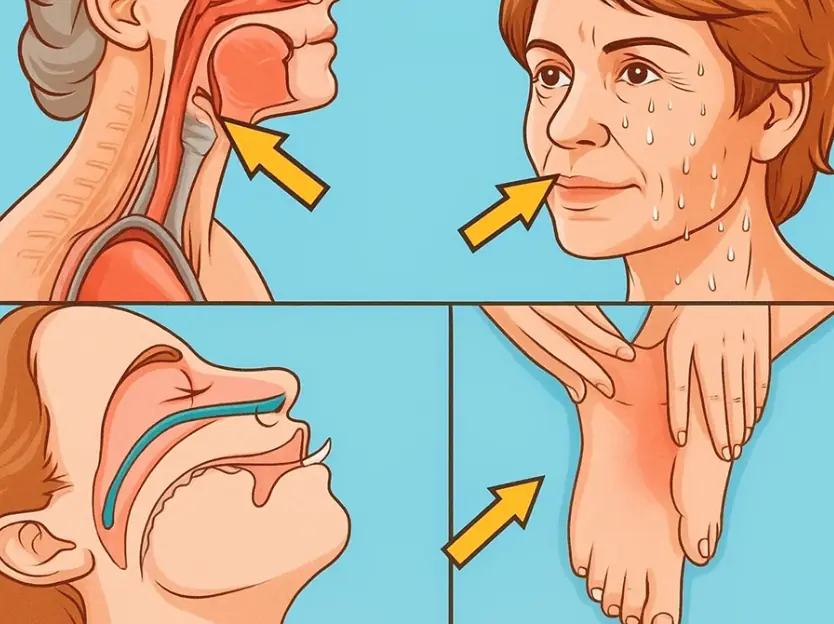
Beware of Diabetes If You Frequently Experience These 5 Strange Symptoms
Your Feet Are a "Blood Sugar Meter": Beware of Diabetes If You Frequently Experience These 5 Strange Symptoms
Many people with abnormal blood sugar levels fail to recognize the warning signals their bodies send out. By the time they realize they have diabetes, complications may have already set in.

According to the latest data published by the International Diabetes Federation (IDF), as of 2021, there were approximately 537 million diabetes patients worldwide, with the majority suffering from type 2 diabetes.
Many people ignore abnormal blood sugar levels, avoiding medical treatment, while others, after being diagnosed, fail to manage their blood sugar properly, leading to dangerous complications.
Diabetes is a chronic disease. A temporary rise in blood sugar may not harm you immediately, but consistently high blood sugar levels over months or years can cause severe damage to the body. The most frightening aspect of diabetes is its complications—once vital organs are damaged, they cannot be restored. Many diabetic patients suffer from blindness, cardiovascular diseases, or even limb amputations.
To avoid such complications, it is crucial to detect abnormal blood sugar levels as early as possible.
Fortunately, the feet are often regarded as a "blood sugar meter." When blood sugar is not well controlled, the feet are among the first to send warning signals.
Here are five unusual foot symptoms that may indicate abnormal blood sugar levels, warranting immediate medical attention:
1. Numbness in the Feet
High blood sugar can severely damage nerves, leading to diabetic peripheral neuropathy. Once neuropathy sets in, it is irreversible, and patients may experience numbness in their feet.
If left unchecked, this numbness can worsen, making people feel as though their feet are no longer part of their body.
Additionally, patients may lose sensitivity to temperature and pain. As a result, they may not notice extremely hot water, increasing the risk of burns when soaking their feet.
2. Leg Cramps
High blood sugar can significantly harm blood vessels. Poorly controlled diabetes can lead to arteriosclerosis within a year or two, causing plaque buildup and narrowing of blood vessels.
Because the feet are far from the heart and often remain in the same position for long periods when sitting or lying down, they are more prone to vascular diseases.
When the blood vessels in the legs narrow, patients may experience frequent leg cramps. The problem becomes more severe at night, especially in colder temperatures, when blood vessels contract further, exacerbating ischemia (reduced blood supply) and oxygen deficiency.
3. Itchy Feet
Diabetes patients often experience itchy feet, mistakenly believing it to be eczema. They may visit multiple dermatologists and use various anti-itch medications, but symptoms persist. The real culprit is poor blood sugar control.
Uncontrolled blood sugar and a weakened immune system increase the risk of skin infections, such as folliculitis, boils, bacterial infections, and fungal infections, including athlete’s foot and nail fungus, which cause persistent itching.
Additionally, nerve damage caused by high blood sugar can lead to abnormal sensations, while dysfunction in sweat and sebaceous glands may cause skin changes, further contributing to itchiness.
4. Slow or Non-Healing Foot Wounds
As previously mentioned, diabetes patients are more susceptible to foot injuries because of reduced sensitivity to temperature. They may suffer burns without realizing it.
Once a wound appears on the foot, it tends to heal very slowly—or not at all.
This is because diabetes weakens the immune system, allowing bacteria to accumulate on the wound. At the same time, high blood sugar damages blood vessels, reducing blood supply and further impairing the healing process.
5. Skin Discoloration on the Legs
Many diabetes patients develop pigmentation or dark spots on the lower legs. This is often due to skin infections or scars left from previous blisters.
In some cases, vascular damage in the legs can also lead to skin discoloration.
Conclusion: If you frequently experience these unusual foot symptoms, it is essential to check your blood sugar levels and seek medical advice promptly. Early detection and management of diabetes can help prevent severe complications and improve quality of life.
News in the same category


Man Suffers a Stroke from Bathing After a Meal: 3 Things You Should Never Do

How One Puppy Changed Everything—And Gave Me Back My Joy

Doctors reveal that eating walnuts causes...

The rich man came to his father’s village to visit his mother, whom he hadn’t seen for 16 years. But upon seeing an unfamiliar woman by the gate, he was left speechless

The Easiest Way to Make Coconut Oil at Home

Do You Have Little White Bumps by Your Eyes? Learn What Milia Means for Your Skin

Doctors reveal that consuming bananas at 11 pm causes in...

High blo:od pressure, high cholesterol: please avoid these 3 things every morning

The Mil.itary Sleep Method: How to Fall Asleep in Less Than Two Minutes

Garlic Lemon Butter Scallops

Orange Peels: A Hidden Powerhouse You Never Knew About

7 Handy Tips Every Woman Should Know About Cloves

Teeth Grinding While Sleeping - A Normal Habit or a Warning Sign of an Underlying Health Issue?

Studies show that children born to parents with this blo.od type tend to have higher IQs than others

Recognizing High Blo.od Sugar: 7 Early Signs You Should Not Ignore

Your Body May Be Telling You Your Arteries Are Clogged — 10 Signs to Know

4 fruits that "feed" can.cer cells avoid them at all costs, no matter how cheap they are

5 nighttime symptoms while sleeping that could indicate can.cer

42-year-old man suffers sudden stro.ke despite not smo.king or drin.king: Doctor says it was caused by “three habits”
News Post

My Husband’s GPS Kept Leading Him to One House—And the Woman Inside Said She Had Been Waiting for Me

Someone Was Living in Our Attic—And They Knew Our Family Secrets Better Than We Did

Every day, a man hears barking outside his home—and what he discovers is unexpected

A journey of love, trust, and family: the extraordinary story of a couple’s resilience and the birth of their healthy daughter

Savory Shrimp & Avocado Tartlets

Crispy Arancini (Italian Fried Risotto Balls)

When worms and parasites multiply excessively, the body “cries for help” with five uncomfortable changes — the first sign is especially common in many households

My Sister Vanished After Her Wedding Night — A Decade Later, I Found a Letter She Left Behind

The dog greeted all the buses from the city for a month. But when they found out what happened…

At the wedding, the son cruelly insulted his mother, calling her a “scoundrel” and a beggar, ordering her to leave. But instead of leaving, she took the microphone and spoke from her heart

A Single Mother’s Strength Confronting Family Judgment

On Christmas, I unexpectedly went to my son-in-law’s house and found my daughter shivering out in the snow. I carried her inside and said just five words that made the entire room fall completely silent.

Fifteen years after the birth of the triplets, my husband suddenly said, “I’ve had my doubts for a long time, let’s do a DNA test.” I laughed until the doctor put the results on the table and said, “You better sit down.”

An Unexpected Call at Dawn: The Secrets Unveiled

Lobster Ravioli with Creamy Garlic Sauce

Chicken Ramen Bowl

Why are you home so soon?—her husband’s shocked reaction said it all

Who gave you the right to touch my phone?”—katya discovers the dark truth about her husband

The Cat Who Taught The Library How To Listen
